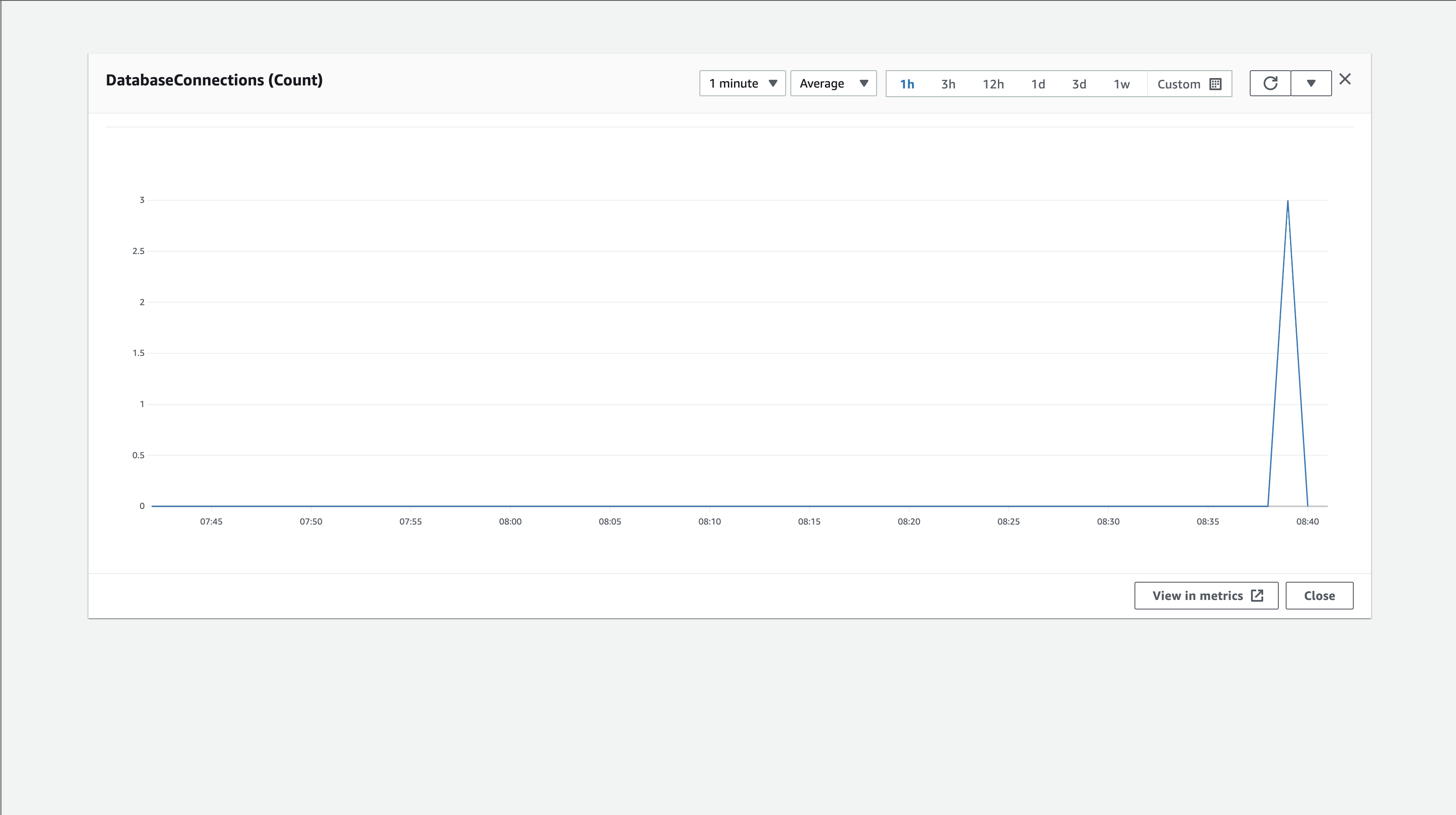1 Antwort
- Neueste
- Die meisten Stimmen
- Die meisten Kommentare
0
This is the behavior of the Go driver (is not the only one, PyMongo does the same), which opens two additional sockets per instance for monitoring the server's state. See the details here.
You could try settings like heartbeatFrequencyMS to minimize those background server checks or directConnection to connect only to one instance specified in the URI (if you are going to use only single instance cluster and not connect in replica set mode).
beantwortet vor einem Jahr
Relevanter Inhalt
 AWS OFFICIALAktualisiert vor 3 Jahren
AWS OFFICIALAktualisiert vor 3 Jahren AWS OFFICIALAktualisiert vor 7 Monaten
AWS OFFICIALAktualisiert vor 7 Monaten AWS OFFICIALAktualisiert vor 2 Jahren
AWS OFFICIALAktualisiert vor 2 Jahren
